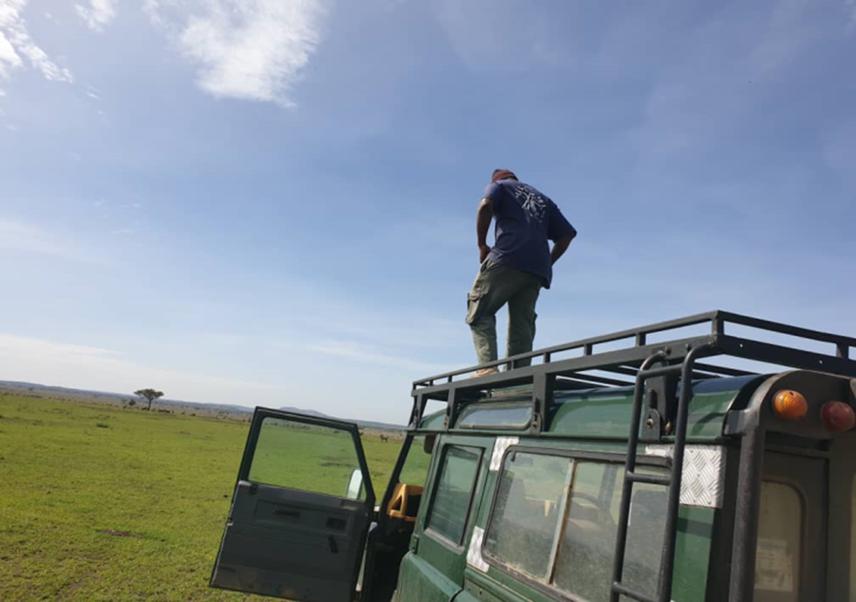Houssein Samwell Kimaro
Other projects
28 Feb 2018
Encroachment Dynamics of Acacia drepalonobium and Acacia seyal in Maswa Game Controlled Area
Despite widely recognized increases of woody plant encroachment in savanna rangelands, and their impacts to livestock and wildlife, there are relatively few studies on how woody plant encroachment affects parasites prevalence in these areas. Woody plant encroachment affects both herbivore and vegetation structure and composition, which in turn might lead to different deposition of gastro-intestinal parasites that are mainly passed through dung piles onto environment. Yet differences in vegetation structure i.e., canopy cover, stem density and percentage grass cover reduce sunlight radiation reaching the herbaceous/grass layer and soil, consecutively reducing moisture in grass, dung and soil that are necessary for the development and survival of gastrointestinal parasites. This project intends to assess how different vegetation structure/density affects GIN eggs deposition through dung piles, and the microhabitat consecutively development/availability of free-living stages parasites in pasture.

Field survey of landscape dung.
Such information would help in managing healthy wildlife and livestock population as it contributes to understanding of habitats suitability and their associated risk of parasites and diseases. Furthermore, the diseases in wildlife-livestock interface areas might trigger human-wildlife conflicts, thus there is a need to understand parasite risk associated with wildlife and their habitats particularly grassland and shrubland areas that are being utilized by both grazers and mixed feeder species. As Savanna ecosystems host rich wildlife resources as well as a large livestock keepers' community, this study will be beneficial by providing data and information specifically on the prevalence of gastrointestinal parasites among the woody encroached sites across seasons. Such information can be used to inform livestock keepers of the parasite infection risk associated with grazing area (i.e., open grassland, shrubland and woodland) across seasons. Furthermore, this study contributes to an understanding of the impact of woody plant encroachment, particularly changing vegetation structure on microclimate/microhabitat environment that in turn affect gastrointestinal parasite development and survival that could potentially be important in understanding epidemiology of parasites.
Header: Dung piles distribution/density assessment in a transect.